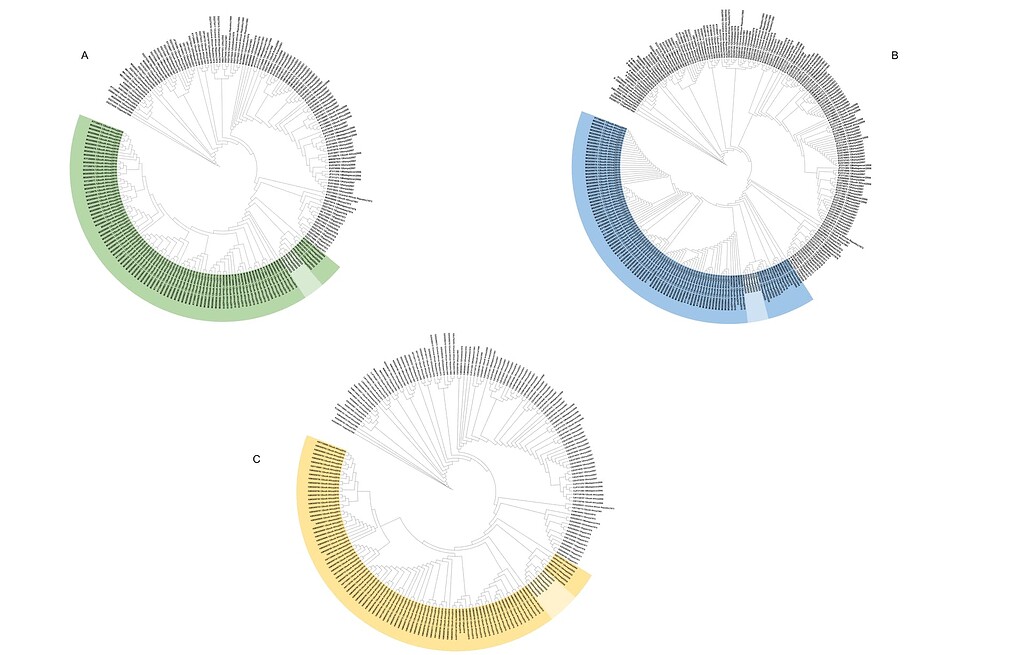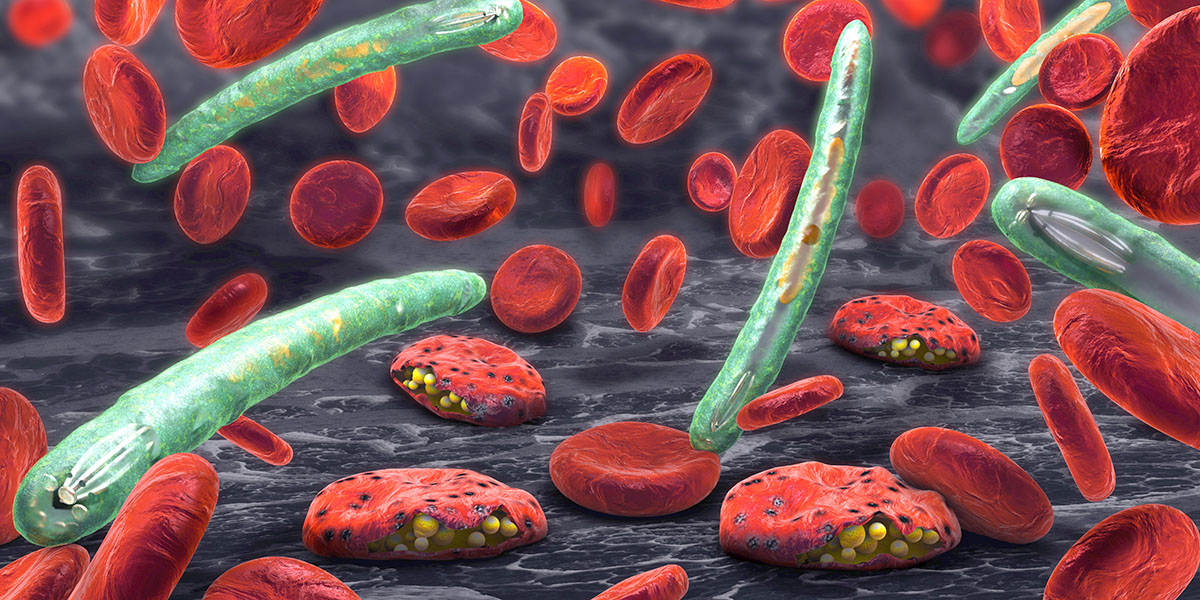This request seems a bit unusual, so we need to confirm that you’re human. Please press and hold the button until it turns completely green. Thank you for your cooperation!
Category: 6. Health
-
Just a moment…
Just a moment… -

Why is there no common-cold vaccine?
Sign up for the Slatest to get the most insightful analysis, criticism, and advice out there, delivered to your inbox daily.
Here’s what I have to say about the common cold: It sucks. The symptoms are uncomfortable, and they can…
Continue Reading
-

Novel Drug Combo Improves Survival in Patients With Metastatic Castration-Sensitive Prostate Cancer
Niraparib (Zejula; GSK) plus abiraterone acetate and prednisone (AAP) reduced the risk of cancer progression by 37% compared with AAP alone in patients with metastatic castration-sensitive prostate cancer (mCSPC) with homologous recombination…
Continue Reading
-

Molecular characterization of Rift Valley fever virus from the 2025 outbreak in northern Senegal
Molecular characterization of Rift Valley fever virus from the 2025 outbreak in northern Senegal.
Authors: Moussa Moïse Diagne¹*, Gamou Fall¹*, Abiboulaye Sall², Bocar Sow³,⁴, Ndeye Awa Ndiaye¹, Alioune Gaye⁵, Mamadou…
Continue Reading
-

Oxalates, Lectins, And “Toxic” Vegetables
Certain natural plant compounds can interfere with nutrient absorption or cause symptoms in sensitive people, but preparation, balance, and diet diversity usually shift the equation toward benefit.
The Rise of Anti-Nutrients in the Wellness…
Continue Reading
-

From Polypills to Comorbidities: New Studies Help to Advance Understanding of HF Risks and Treatments
Three newly published studies in JACC Journals examine key aspects of heart failure (HF): a multi-level polypill strategy for patients with HF with reduced ejection fraction (HFrEF); the impact of HF with preserved ejection fraction (HFpEF) on…
Continue Reading
-

Smoking and sex found to shape early cellular changes linked to bladder cancer
Bladder cancer is one of the most common cancers worldwide. Men are around four times more likely to develop it than women, and smoking is the main known environmental risk factor. However, the biological mechanisms behind these…
Continue Reading
-

AI-designed biomarker improves malaria diagnostics
The malaria parasite Plasmodium vivax can persist in a dormant state, causing relapsed infections and ongoing transmission. To detect possible dormant infections, clinicians use a diagnostic test containing parasite proteins, such as…
Continue Reading
-

Athletes may gain health and performance advantages from time-restricted eating
According to a study by researchers at the Universitat Oberta de Catalunya (UOC), time-restricted feeding can have a positive impact on athletes in terms of both their health and performance. The effects of time-restricted eating…
Continue Reading
-
Hormone-Sensitive Prostate Cancer Responds to Early PARP Blockade – Inside Precision Medicine
- Hormone-Sensitive Prostate Cancer Responds to Early PARP Blockade Inside Precision Medicine
- ‘Striking’ new treatment for deadly prostate cancer could increase life expectancy The Independent
- Published data show benefit of niraparib with AAP…
Continue Reading